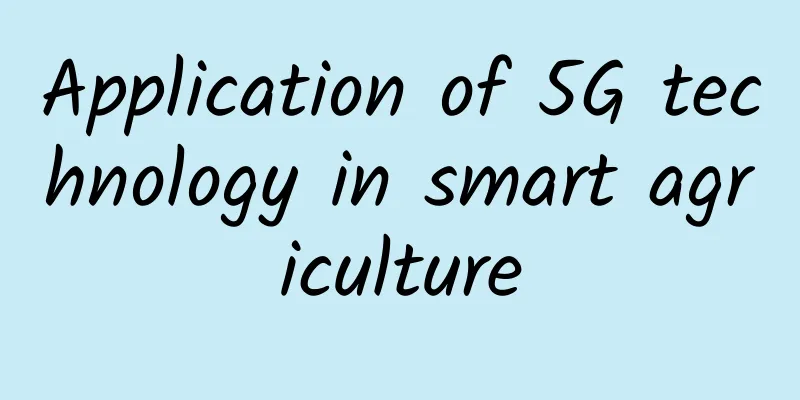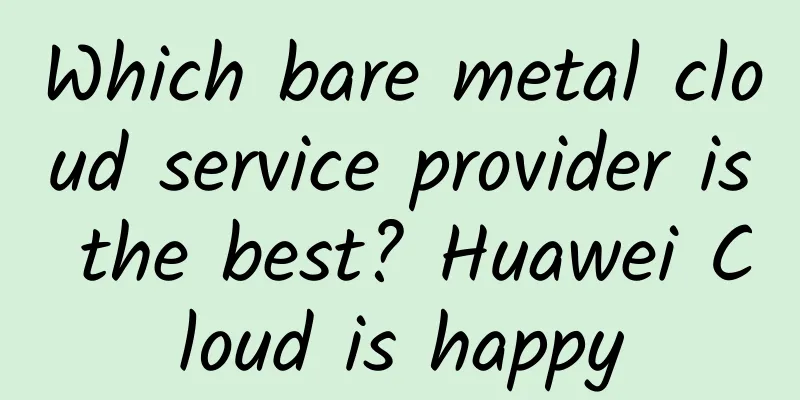Application of 5G technology in smart agriculture

|
Smart agriculture and precision farming combine technology to enable greater efficiency and productivity from farm to market. Smart farming – uses IoT sensors to connect everything from irrigation systems to soil and livestock production. As 5G rolls out around the world, this high-bandwidth cellular technology is expected to have a significant impact on agricultural technology.
Agtech companies aim to maximize food production by providing farmers with the data they need to make good business decisions. Smart agtech solutions help farms:
One example is Clover, a hydroponic farm in Bangalore, India. Clover uses wireless sensors to monitor crop growth in greenhouses. Aggregating data from multiple locations enables them to improve their growing protocols, resulting in healthier crops and more abundant harvests. From orchards to cattle ranches, farms are leveraging IoT solutions to monitor multiple drivers that impact their bottom line, including:
Fixed and mobile applications may require cellular IoT connectivity to enable remote data collection and device management. These capabilities are similar to manufacturing environments where the entire process can be monitored. Today, some smart agriculture terminals rely on short-range wireless technologies such as Wi-Fi and Bluetooth. Others use cellular mobile networks due to distance and RF coverage requirements. 5G will enable new applications and enhance or replace short-range applications. One example is the use of camera-equipped drones to monitor crop growth and livestock health. 5G and the future of smart agricultureThe early stages of 5G are focused on enabling high-bandwidth connections. Centralized farms will be the most practical use case until 5G infrastructure becomes more ubiquitous. Large enterprise agricultural operations will likely build a dedicated 5G network to enable high-bandwidth use cases (e.g., crop monitoring using drones) and data aggregation from thousands of transactional or triggered IoT sensors. Currently, 5G will be most leveraged when agricultural operations utilize large amounts of data from disparate sources. On an industrial chicken farm, data from thermostats and feeders arrives at a central connection point. Each of these thousands of sensors produces a small amount of data at very little cost or complexity for a broadband-grade 5G data pipe. When aggregated in appropriately sized clusters, the resulting bandwidth can be on par with 5G mobile broadband bandwidth. 5G is a great solution for aggregating and backhauling this information. We can expect 5G 3GPP Release (Rel) 17 to enable massive IoT in three to five years. Rel 17 will enable developers to take advantage of standards for low-power devices running on 5G New Radio (NR) radio access networks (RAN). When this happens, data aggregation on short-range radio technologies can be eased because low-cost, low-power sensors can run on low-power 5G NR modems. In the next 5 to 10 years, lower LTE categories (i.e. NB-IoT and LTE-M) will play a leading role in connectivity options for remote agricultural sensors. As the technology develops, power requirements and costs will decrease, leading to new designs and concepts for remote agricultural sensors. As 5G standards evolve, the end-to-end capabilities of bridging technology will become more seamless. 5G Use Cases in AgricultureHere are some potential current and future 5G use cases in smart agriculture technology: (1) Data Aggregation 5G technology holds great promise for centralized data aggregation in large agricultural operations. A larger industrial farm could set up a proprietary 5G network to aggregate data from micro-monitoring crop management systems. These systems include clusters of soil moisture sensors that could be hundreds of times denser than current technology supports. The network could enable more efficient real-time monitoring systems and trigger water-saving irrigation and other crop support systems. (2) Predictive analysis Because 5G technology enables data aggregation, large industrial farms can better integrate predictive analytics. Taking into account past and current condition data (such as soil moisture and pesticide use), analytical software can create models and predictions to help farmers make decisions. As 5G enables more intensive real-time data, analysis will become more precise, thereby maximizing farm yields and efficiency. (3) Drones More and more farmers are using drones to monitor their crops. Drones are cheaper than driving a tractor through the fields and can provide more targeted information on crop damage and other variables. As a high-bandwidth technology, 5G will enable drones to collect higher-quality video data and transmit it faster. This high-speed data transmission capability will enable AI drone technology development and real-time reporting. (4) Livestock tracking and monitoring Until Rel 17 improves the feasibility of 5G's low power consumption and denser sensor networks, livestock monitoring sensors will likely remain connected via Wi-Fi, Bluetooth, or LTE LPWAN. An exception is in large centralized farms, where 5G infrastructure can be built over a small area (such as a chicken farm) and track individual livestock. Agricultural technology developers have already created herd management sensors, including smart collars and ear tags, to track the location and health of livestock. (5) Autonomous agricultural vehicles Autonomous vehicle technology developed in other fields will translate to agricultural implements. Tractors equipped with onboard computers already allow operators to control minute details of farming tasks (e.g., the distance between seed rows and the pressure applied to them when planting). Unmanned farm equipment will improve, giving farmers greater flexibility and efficiency, and saving on labor costs. Trucks used for crop transport can also reap the benefits of IoT sensors. These sensors can track cargo temperature and sound an alarm if it’s too hot or too cold (i.e., cold chain). Small mobile sensors such as asset trackers will likely continue to use high-latency technologies such as LPWAN. 5G will enable autonomous vehicles with more powerful onboard computers to send and receive larger, ultra-low latency data streams, including video. (6) Weather Station Agricultural operations are affected by weather. Farmers can lose large amounts of crops to preventable diseases and damage. Weather stations connected to the field can solve this dilemma, providing farmers with data on field conditions. One example is the InField monitoring system developed by AMA Instruments. InField measures soil moisture and texture, air temperature, wind speed, and sunlight exposure. Weather stations deployed in remote areas will likely continue to use LPWAN connections in the near future. Later, they will benefit from 5G as it will create more data-intensive observations and edge computing. As the cellular connected world transitions to 5G, smart agriculture will continue to evolve. Data and predictive analytics will enable farmers to make decisions that increase productivity and efficiency. The global outcome will be sustainable agricultural practices to feed a growing population. |
<<: A complete guide to the development of TCP/IP
>>: 5G VS Wi-Fi6: What are the differences in technology? Which one is more mature in application?
Recommend
Don’t just focus on SD-WAN, pay attention to IPv6
The Internet of Things (IoT) is fundamentally cha...
Building a digital foundation: a vast expedition to reshape future education
In the past two years, with the rise of big model...
80VPS: Korean CN2 server starting from 350 yuan/month, 2*E5-2450L/8GB/1TB/10M bandwidth/quick launch
80VPS is a Chinese hosting company that was estab...
5G users will exceed 190 million this year and reach 2.8 billion by the end of 2025
According to a report from Ericsson, by the end o...
Edge Network Speed Requirements
In the previous article, we mentioned how to surv...
Performance Agreement: API Rate Limit
Rate limiting is a key control mechanism used to ...
5G development is not going smoothly, the number of fake 5G users has become the mainstream, and the three major operators have become the "root of the problem"
As we all know, Huawei's 5G technology is the...
HostDare May Promotion: 10% off CKVM series VPS, Los Angeles CN2 GIA line starting from $44.99/year
HostDare has launched a promotion for May. This m...
Gartner: Global 5G network infrastructure spending will nearly double in 2020
Recently, according to the forecast of Gartner, a...
What other uses does a wireless router have besides WiFi access?
Wireless routers have entered thousands of househ...
2017 Network and Security Technology Keywords
[[181163]] With the rapid development of network ...
Maxthon host 20% off, Hong Kong CN2/Korea CN2/Los Angeles CN2 and other 2G memory starting from 56 yuan per month
It has been a while since I shared information ab...
It is said that WiFi will disappear after 5G becomes popular. Is this really the case?
5G is good, 5G is wonderful, and 5G will be great...
Three trends driving cyberattacks in 2024
Ransomware claim activity is set to grow more tha...
Huawei was named "Most Innovative Company" by Brand Eins and "Best Employer" by LinkedIn in Germany.
[Düsseldorf, Germany, March 22, 2018] Huawei was ...









